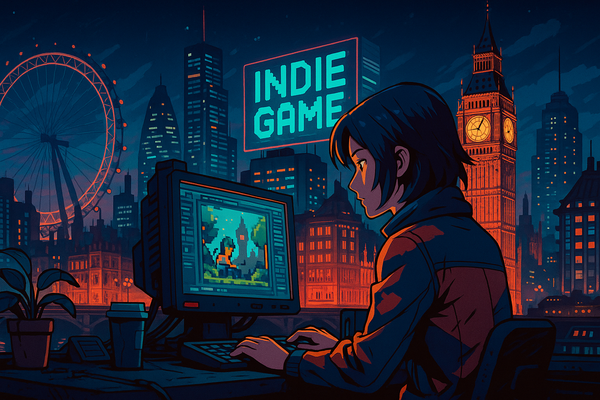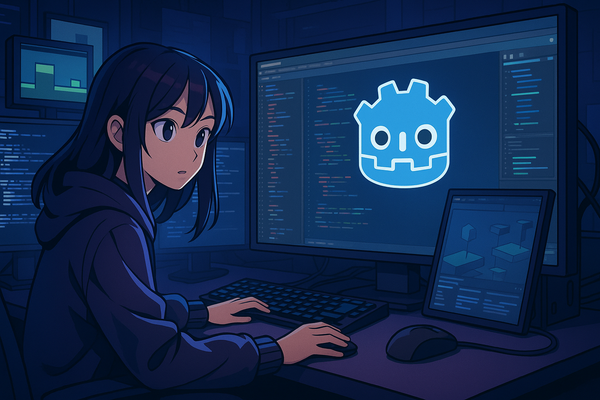Balancing creativity and market trends in indie game development
Striking the right balance between creative freedom and market viability is crucial. On one hand, creativity drives innovation, allowing developers to push boundaries and experiment with unique gameplay mechanics, art styles, and narratives. On the other hand, market trends provide essential insight into what resonates with players and helps developers ensure that their games reach a broad audience. Successfully balancing these two aspects can make the difference between a beloved indie hit and a game that fails to gain traction.
The importance of creativity
One of the defining traits of indie game development is the creative freedom it offers. Unlike large studios that may have to follow strict guidelines or cater to mainstream trends, indie developers can embrace bold, unconventional ideas. This freedom enables them to create groundbreaking games that stand out in a saturated market. For instance, games like Hollow Knight and Undertale gained critical acclaim for their distinctive art styles and immersive storytelling, which were driven by creative passion rather than commercial trends(MoldStud).
Creative freedom is not without its risks, however. While innovative ideas are key to making a game unique, developers must ensure that their creative decisions align with player expectations and market demands. Focusing too much on creativity without considering market viability can result in a game that, while innovative, struggles to attract an audience(Indie Game Academy).
Why market research matters
Market research plays a crucial role in helping developers understand player preferences and identify successful strategies. By analyzing popular game genres, gameplay mechanics, and art styles, developers can identify market gaps and opportunities for their unique concepts. Market trends provide a roadmap for developers, ensuring that their game has a commercial appeal without sacrificing their creative vision.
For example, hand-drawn art styles have seen a resurgence in indie games, as seen with Cuphead and Gris. Understanding the growing demand for distinctive visuals helped these developers make informed decisions about their games' artistic direction.
How to balance creativity and market trends
- Embrace iterative design: Instead of locking in creative ideas early in development, indie developers should adopt an iterative design process. This approach allows developers to refine their game’s mechanics, aesthetics, and narrative over time, incorporating feedback from playtesting and community engagement.
- Follow, don’t chase, trends: While it’s important to stay aware of market trends, blindly following them can be detrimental to a game’s originality. Instead, indie developers should adapt trends to fit their creative vision. For instance, games like Celeste and Slay the Spire used trending genres—platformers and roguelikes—but added unique gameplay mechanics and emotional depth, making them stand out in the market.
- Community involvement: Building and engaging a community around a game early in its development process helps developers align their creative efforts with player expectations. Platforms like Discord, Kickstarter, or Steam Early Access allow developers to gather feedback, refine their games based on player input, and foster a loyal fanbase that will support the game upon its release(Bleeding Edge Studio).
- Monetization and commercial strategy: While creativity is key to making an indie game special, developers must also implement effective monetization strategies to ensure commercial success. Whether through a one-time purchase, in-game microtransactions, or subscriptions, monetization models should fit the game's concept while meeting player expectations.
Striking the right balance
Balancing creativity with market trends is essential for indie developers who want to produce innovative games that also resonate with players. By conducting thorough market research, engaging with their communities, and iterating on their ideas, developers can create games that are both artistically fulfilling and commercially viable. In the fast-paced world of indie development, finding this balance is the key to long-term success.




